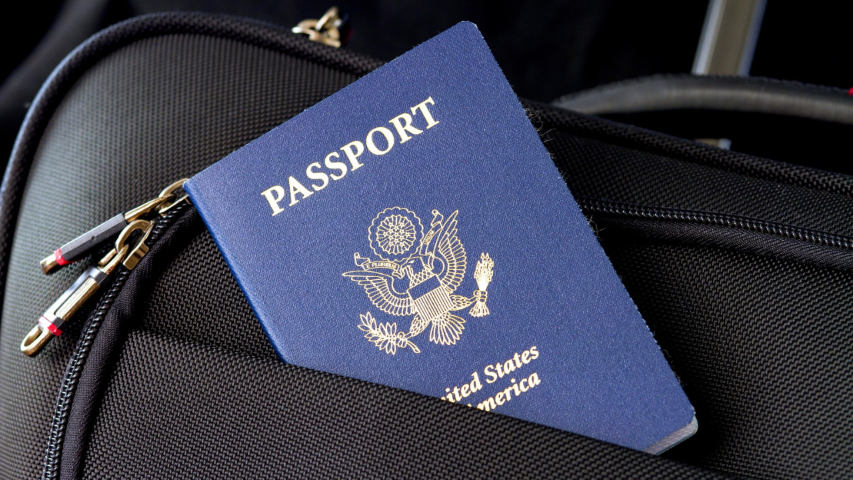

Every year, countless individuals from Canada travel to the United States for various reasons, such as tourism, business, medical care, or visiting family and friends. If you are a Canadian resident or a foreign national residing in Canada and intend to visit the United States temporarily, you will most certainly require a B-1/B-2 guest visa.
Navigating the application process for a U.S. visitor visa can be overwhelming, especially if it's your first time. This guide will take you through each step, from understanding visa requirements and eligibility to booking your biometrics appointment and submitting a successful application.
A U.S. visitor visa (B-1/B-2) is a non-immigrant visa allowing individuals to enter the United States temporarily for specific purposes:
Even as a Canadian resident, you will require a U.S. visitor visa unless you hold Canadian citizenship. Permanent residents, international students, and other foreign nationals in Canada need to secure a U.S. visitor visa before travelling to the U.S. for short visits.
It’s also worth noting that temporary residents can sometimes extend their stay in Canada for up to six months. A foreign national in Canada on a visitor visa can exit to the U.S. for a brief visit before returning to Canada for another six months.
Understanding the requirements for a US visitor visa is critical for a smooth application process and successful travel to the United States. These conditions specify what activities you can undertake during your stay.
Length of Stay: A U.S. visitor visa does not guarantee entry. The Customs and Border Protection (CBP) officer at the port of entry determines how long you can stay, which can be up to six months. They will stamp your passport with the duration of your stay or issue an I-94 form with the departure date.
Permitted Activities:
Prohibited Activities: You cannot work or receive payment from a U.S. source, enrol in a course of study, or apply for permanent residency while on a visitor visa.
Typically, a U.S. visitor visa is valid for up to 10 years, allowing multiple entries regardless of passport validity. However, each entry must comply with visa conditions, and the length of stay is determined by the CBP officer.
Before applying for a U.S. visitor visa from Canada, it’s vital to understand the eligibility criteria, as meeting these requirements significantly increases your chances of a successful application.
To apply for a U.S. visitor visa, you’ll need several documents:
In some cases, you may need to provide biometrics information, including fingerprints and a digital photo.
Start early, ensure your information is complete and accurate, and gather the necessary documentation. By demonstrating your ties to Canada and having a clear purpose for your visit, you’ll be well on your way to securing your U.S. visitor visa and enjoying your trip. Safe travels!
Having an 'Identity Verified' badge or being 'Identity Verified' simply indicates that an individual has submitted information to complete our identity verification process or we have conducted internal verification using various authorized websites. While this process includes safeguards, it does not guarantee that the person is who they claim to be.
If you encounter any issues with this profile, please report them here. While all consultants who are verified have RCIC ID, we may not have the latest data in terms of their renewal/cancellation/discontinuation of their RCIC ID.
The "Verified Consultants" profiles are created using publicly available information, including data from the IRCC website, official consultant sites, other listing platforms, and social media. Immiperts.com is an independent platform, not affiliated with IRCC or any registered immigration consultants. To update, claim, or remove your profile, please contact us at [email protected].
╳